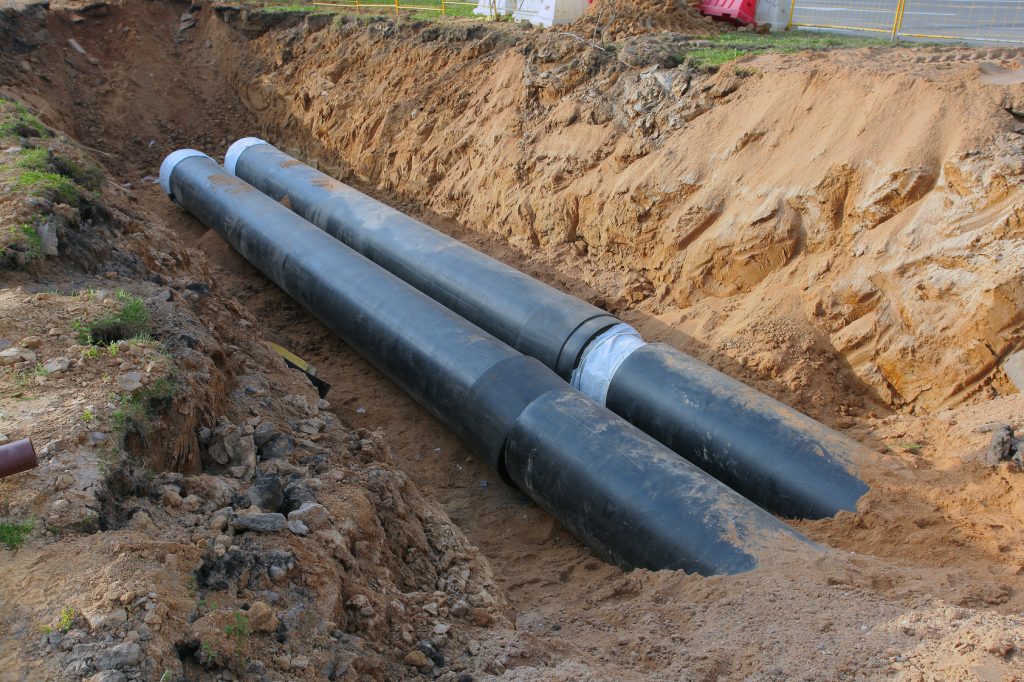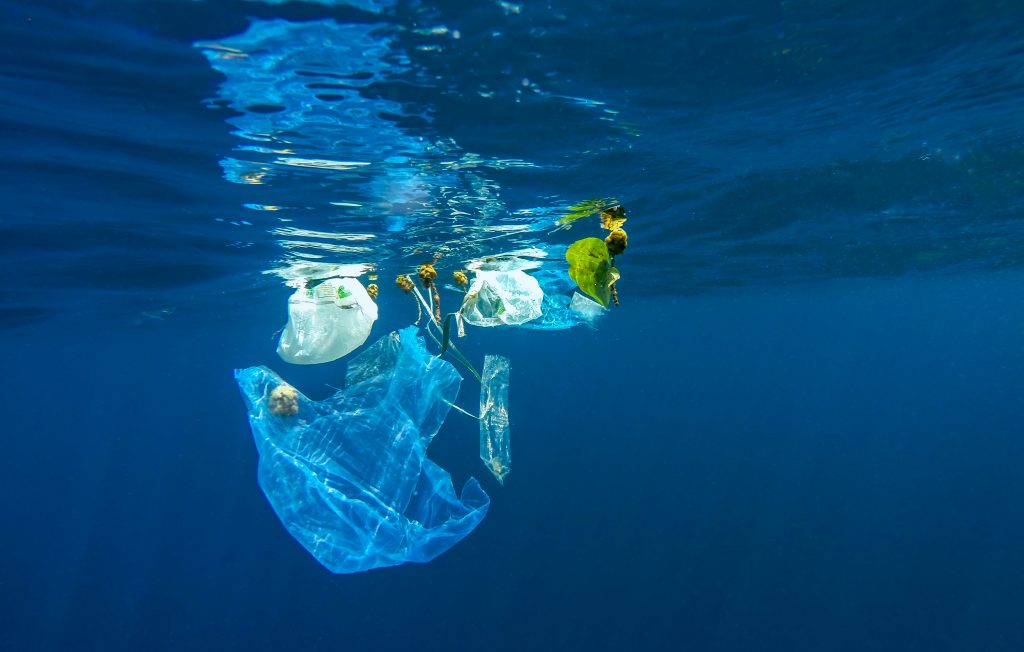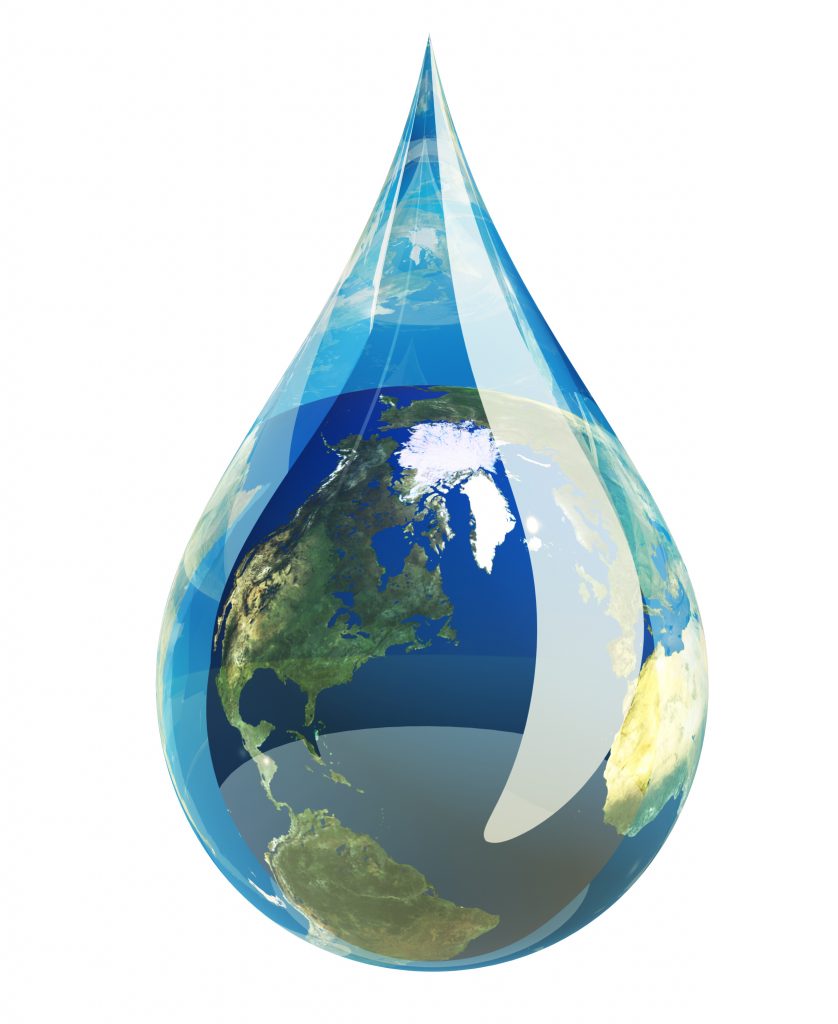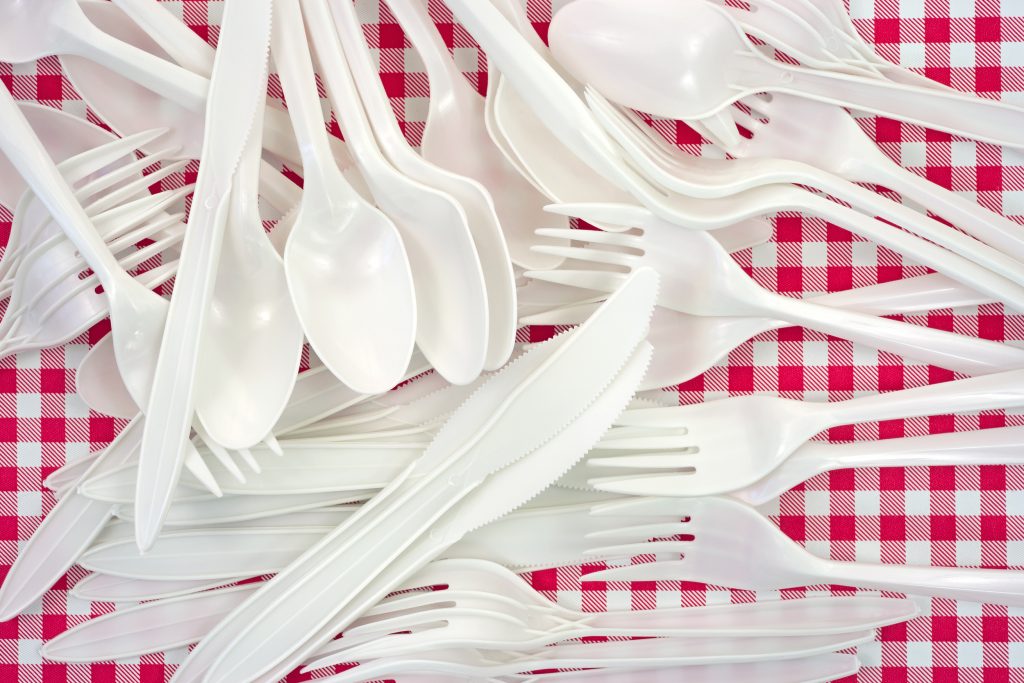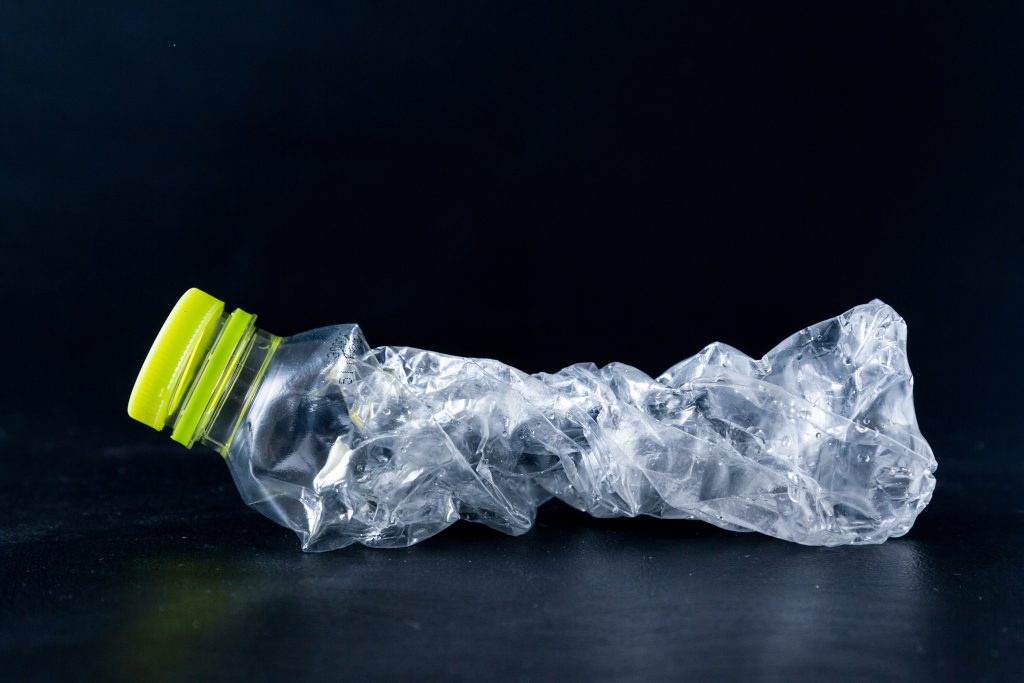In 1990, the New England Journal of Medicine published the results of an 11-year study into the long term cognitive and neurobehavioral effects of lead exposure in children.

What are the long terms behavioral effects of lead exposure for children?
What Does Lead Do?
The children had been exposed to lead during their childhood, in some cases relatively low levels. 132 test subjects were re-examined in 1988 and the following neurobehavioral traits were identified as being related to lead exposure during childhood:
- School absenteeism
- Lower vocabulary
- Poorer hand/eye co-ordination
- Slower reaction times
“No Safe Level of Lead”
Although some lead can be excreted by the body, children are more susceptible to long term effects from lead exposure, as their …
Continue reading...

